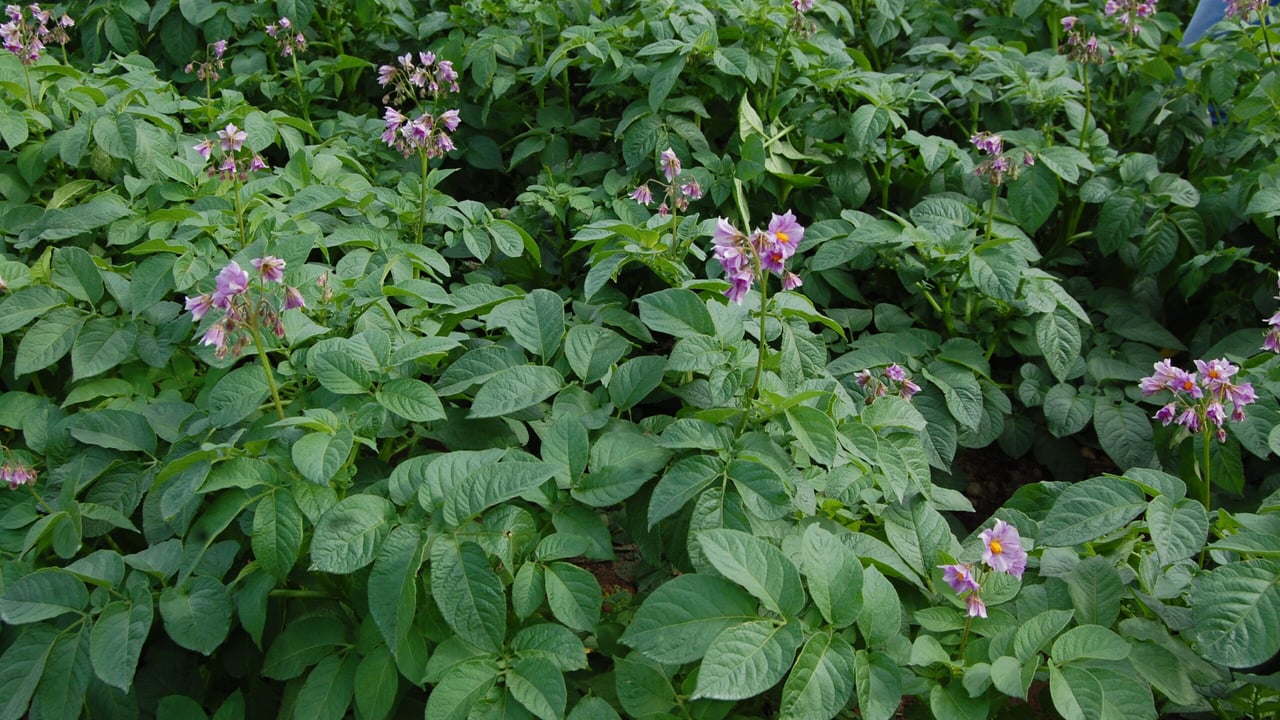Soluble source of calcium needed for growing potato crops
A soluble source of calcium is vital for potatoes and most aspects of tuber quality can be improved by having a sufficient supply of the mineral during growth.
It is required in the crop for the maintenance of cell walls, healthy leaf and tuber development.
Calcium deficiency is widely known as internal rust spot - a physiological internal defect in which small brown spots, due to cell death, appear in the tuber.
This is directly related to a lack of calcium within the cell walls, meaning that they aren’t strong enough and when cell expansion takes place they collapse and necrosis occurs.
Once calcium is incorporated into cell walls it can’t be redistributed, therefore it is important to have a sufficient supply as new cells develop.
As calcium is integral to cell wall development, it acts to give cells, particularly those making up the skin, strength.
Therefore a sufficient soluble source of calcium will help ensure the skin has a good finish as well as helping against physical damage which can occur during harvesting and handling.
The mineral can also help prevent bacterial diseases affecting the tubers. Stronger skins mean less damage, which helps decrease bacterial infection through the broken surface.
Yara agronomist Natalie Wood has confirmed that potato growers should not assume that calcium applied to soil in the form of lime will meet a potato crop's specific requirement for the mineral.
Furthermore, she also suggests that testing the calcium levels in tissue samples taken from growing potato crops is worth considering if doubts regarding available soil calcium levels exist.
Natalie explained: “Applying calcium at tuber initiation is important so that the developing tuber can be flushed with soluble calcium.
“Many growers incorrectly believe that liming on its own will be able to provide enough calcium for the crop. However, that’s usually not the case; many liming materials contain calcium carbonate.
“Growers should choose a product that delivers what they need at high solubility levels. Lime e.g. is calcium carbonate and requires 66,000L of water to dissolve just 1kg," she added.
“That’s a long time before the calcium becomes plant-available. It certainly won’t be [available] during the season when it’s required."
Natalie added: "A product that only needs 1L of water to dissolve each kilogram applied, would ensure availability for the plant during those crucial stages.
“In terms of testing then yes, both tissue and soil analysis will test for calcium levels and are useful tools when deciding application rates on individual crops," she concluded.





